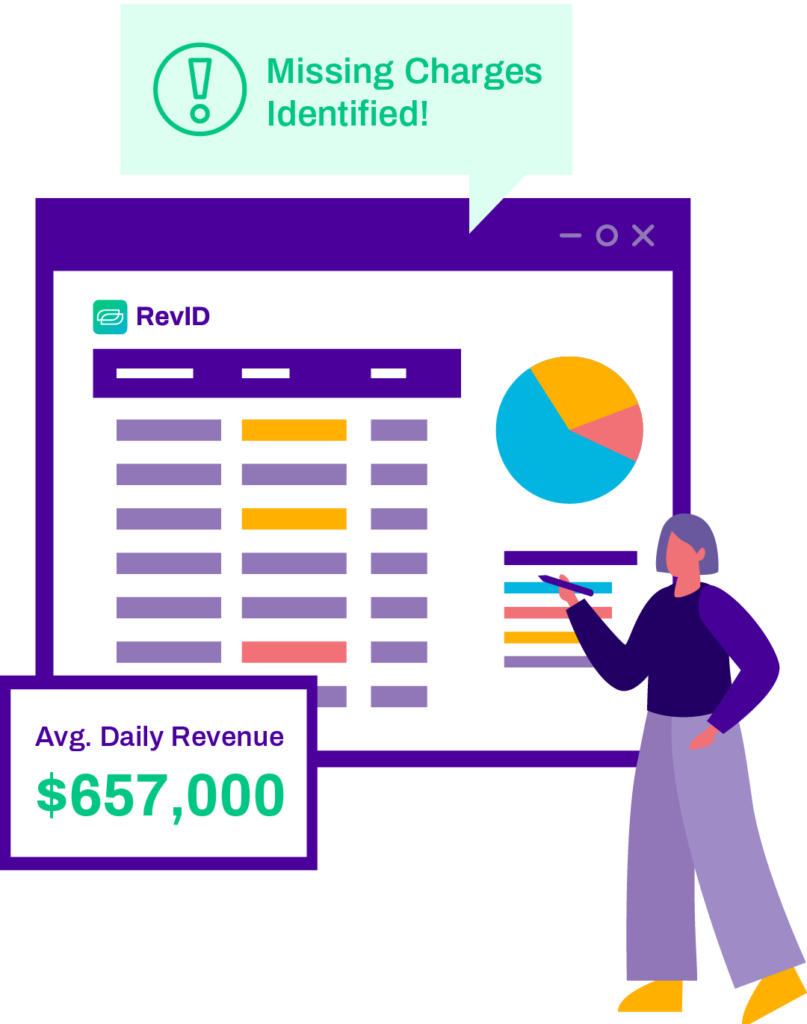Navigating the complexities of healthcare billing can often feel like a daunting task. From understanding the intricacies of insurance claims to decoding the language of medical billing, there’s a lot to process. One tool that plays a critical role in this landscape is the UB-04 form, a standardized form used across the healthcare industry for insurance claims. But what exactly is a UB-04 form, and why is it so important?
Check out our Video Guide on Pitfalls to Avoid on a UB-04 Form:
Contents
What is a UB-04 Form?
The Uniform Billing Form, known either as the UB-04 or CMS 1450, is a key player in the healthcare billing process. This form, which contains more than 80 lines of vital patient information, is the standard for billing all major insurance providers, including Medicare.
At first glance, the UB-04 form may seem simple. However, a closer look reveals that each box carries a specific purpose. All relevant fields must be accurately filled out to ensure no delays in reimbursement. Providers who frequently bill Medicare must pay particular attention to the accuracy of this form, as inaccuracies can increase the risk of Recovery Audit Contractor (RAC) audits.
Reconcile 100% of charges daily and correct issues before submitting claims.
By ensuring optimized charge capture across all encounters, RevID prevents millions in revenue leakage while freeing up your staff to focus on more important tasks. Check out RevID below!
A Brief History of Medical Billing
The history of medical billing is rich and extends back to the 17th century. However, the birth of the UB-04 form happened in the mid-20th century when each state utilized its unique billing form. To standardize this process, the National Uniform Billing Committee (NUBC) based today’s form on the UB-82 form, which was released in 1982. The UB-82 was then updated to the UB-92 claim form. After extensive research, feedback, and debate, the UB-04 form has been the official billing form for the Centers for Medicare and Medicaid (CMS) since 2007.
What is a UB-92 claim form?
The UB-92 claim form was a standardized billing form used by healthcare providers to submit medical claims to insurance companies. It has been replaced by the UB-04 form. The UB-92 form consisted of 8 sections and is used to provide information on the patient, the services provided, and the charges associated with those services. It was important for healthcare providers to accurately complete the UB-92 form in order to receive timely and accurate payment from insurance companies.
The UB-92 form underwent a revision and was renamed UB-04. The main addition in the new form is a field for entering the National Provider Identifier (NPI). Apart from this, more diagnosis code fields were also added to the form.
What is a UB-04 Form Used For?
The UB-04 form is used in more than 98% of Medicare claims and over 80% of all institutional claims. It serves as a comprehensive record of all reimbursable care received by patients, including the relevant revenue codes for the payer.
Ensuring the accuracy of the UB-04 form’s contents is crucial and can start much earlier in a patient’s encounter. The form details all of the reimbursable care received by patients, which are subsequently used by the payer to determine the reimbursement amount.
Confused about UB-04 Forms?
Download our UB-04 reference guide. This free download includes 5-pages of free content including sample inpatient and outpatient UB-04 forms that are great for daily reference.
Breakdown: Understanding the UB-04 Form
The UB-04 form contains more than 80 fields, commonly referred to as form locators, each with its own identifying number. Each of these form locators plays a critical role in detailing the patient’s encounter, from admission type to the principal diagnosis code.
Streamlining the Future of Medical Billing
The UB-04 form currently is the most efficient means for providers to bill payers. It’s not typically used as a working summary of what’s happening to the patient, but from a revenue cycle perspective, it certainly could be. The form’s comprehensive nature makes it an invaluable tool in the healthcare industry, playing a key role in ensuring that providers are adequately compensated for their services.
UB-04 Claim Form Frequently Asked Questions
The UB-04 Form is vital because it carries a detailed record of all reimbursable care received by patients. Providers who frequently bill Medicare must pay particular attention to the accuracy of this form, as inaccuracies can increase the risk of RAC audits.
The UB-04 Form is used in more than 98% of Medicare claims and over 80% of all institutional claims. It serves as a comprehensive record of all reimbursable care received by patients, which are subsequently used by the payer to determine the reimbursement amount.
The UB-04 Form contains more than 80 fields, often referred to as form locators, each with its own identifying number. These form locators play a crucial role in detailing the patient’s encounter, from admission type to the principal diagnosis code.
Discover Streamline Health’s innovative revenue management solutions to optimize your healthcare financial performance. Experience the benefits of our medical billing and coding software, charge capture software, and chargemaster management products under one roof. Our comprehensive platform offers the following:
- Seamless integration with your existing systems
- Streamlined workflows and maximized revenue capture
- Enhanced efficiency through advanced analytics and reporting
- Tailored solutions for healthcare providers
Start your journey toward an optimized revenue cycle with a demo of our automated revenue cycle management software. Explore our products or connect with our sales team to find the perfect fit for your organization.




